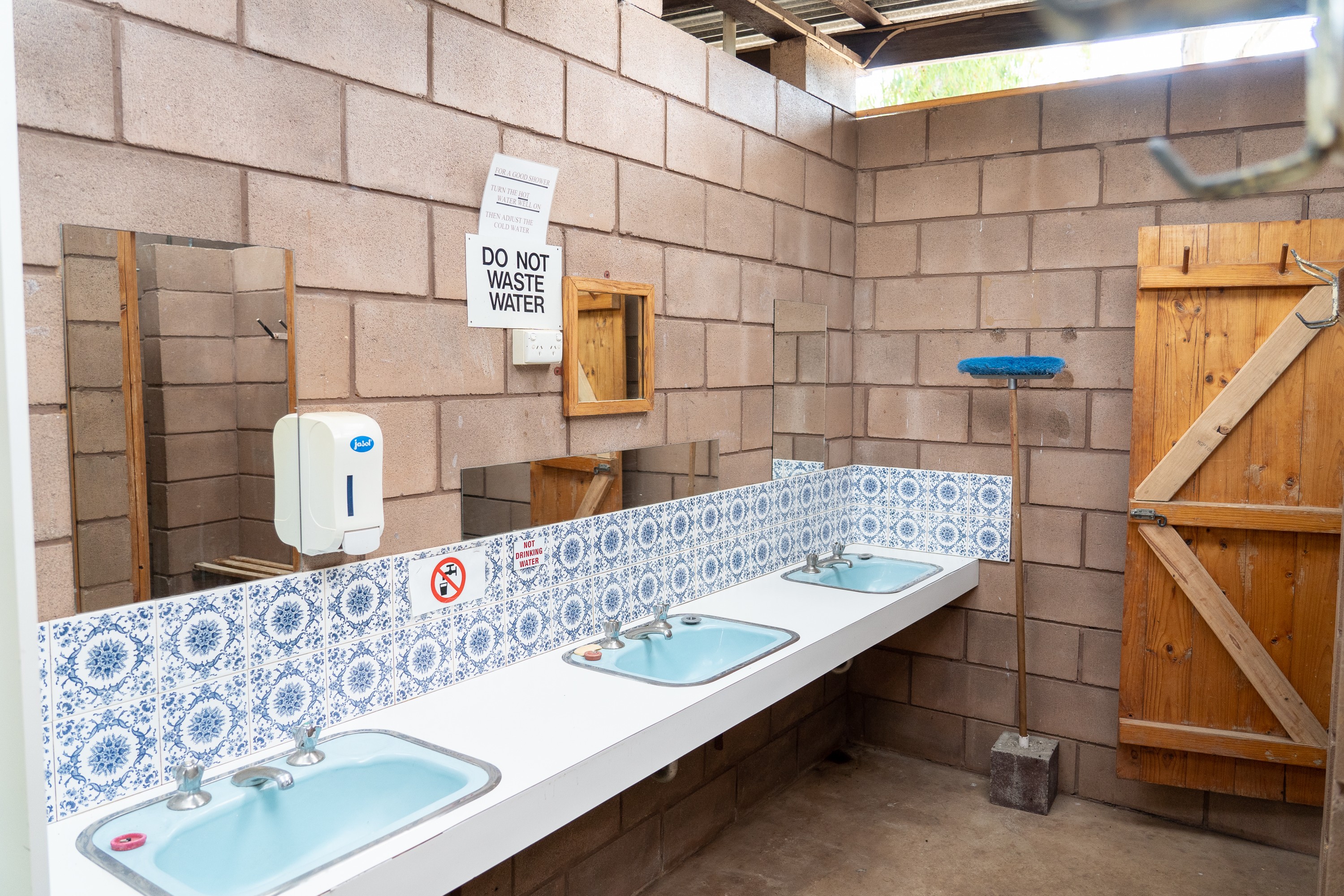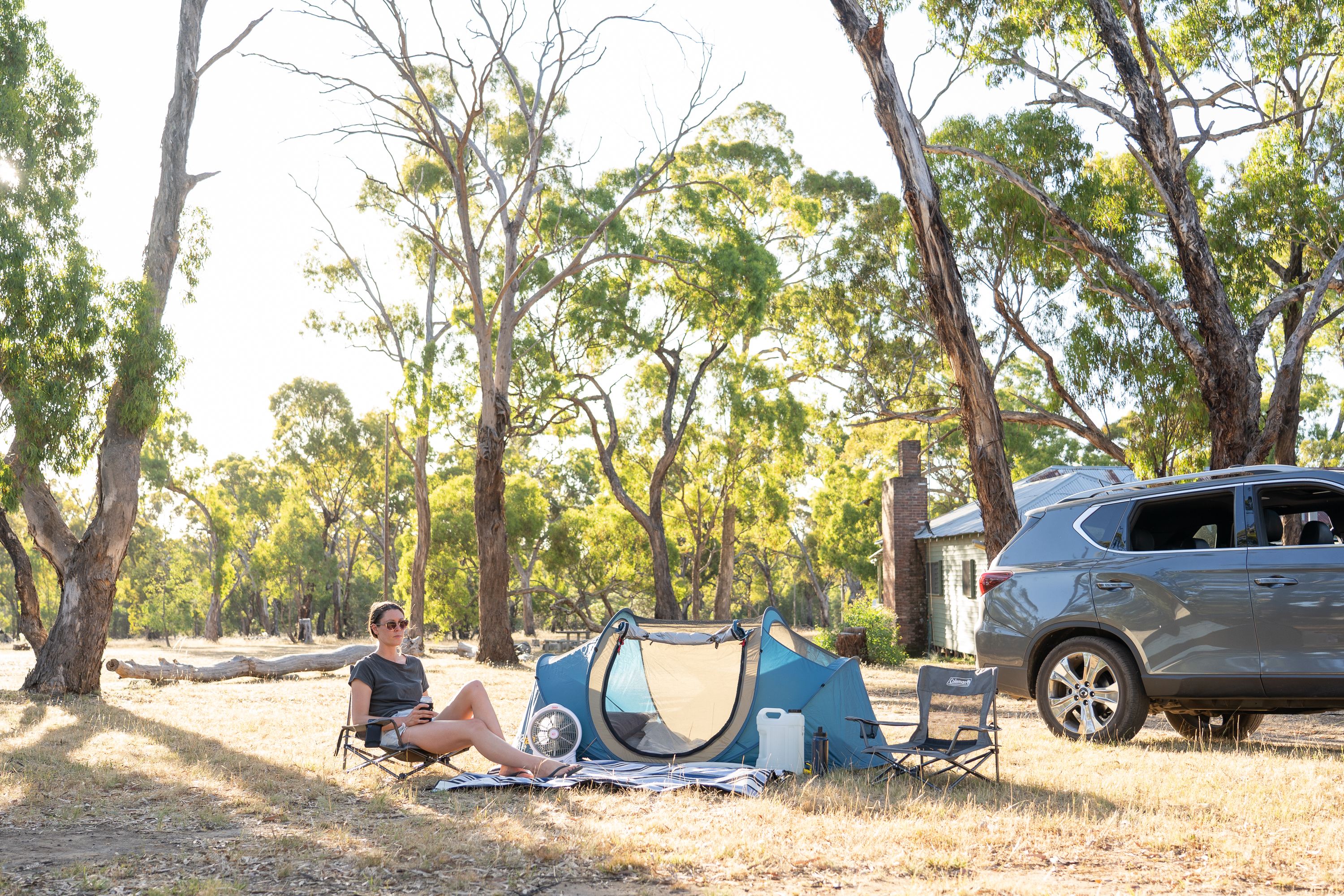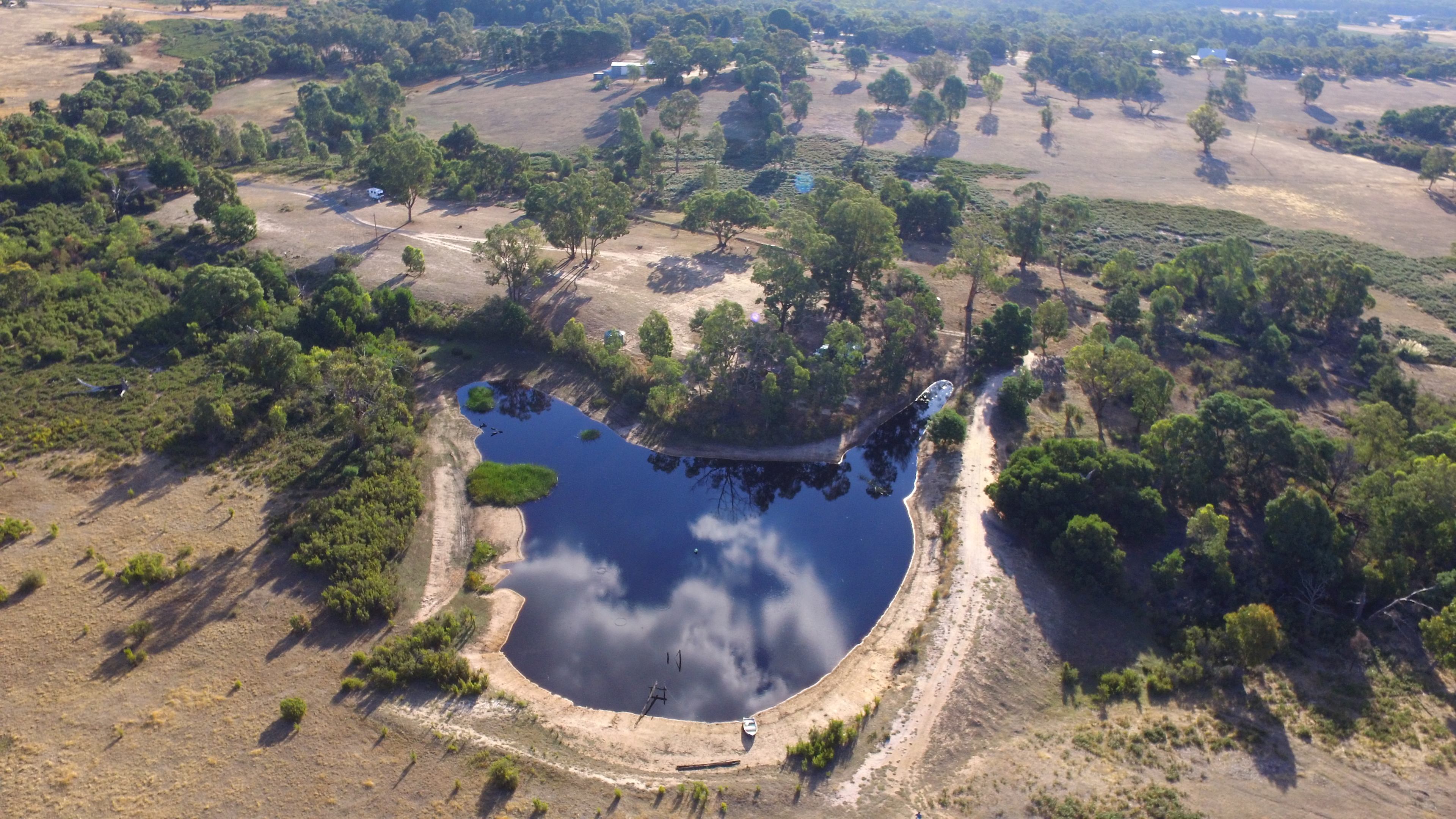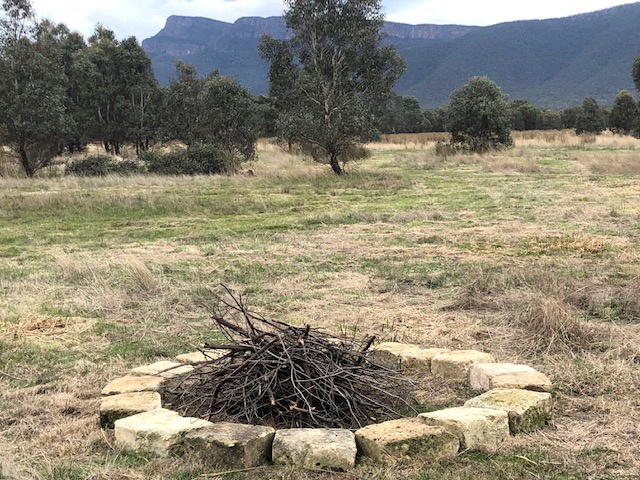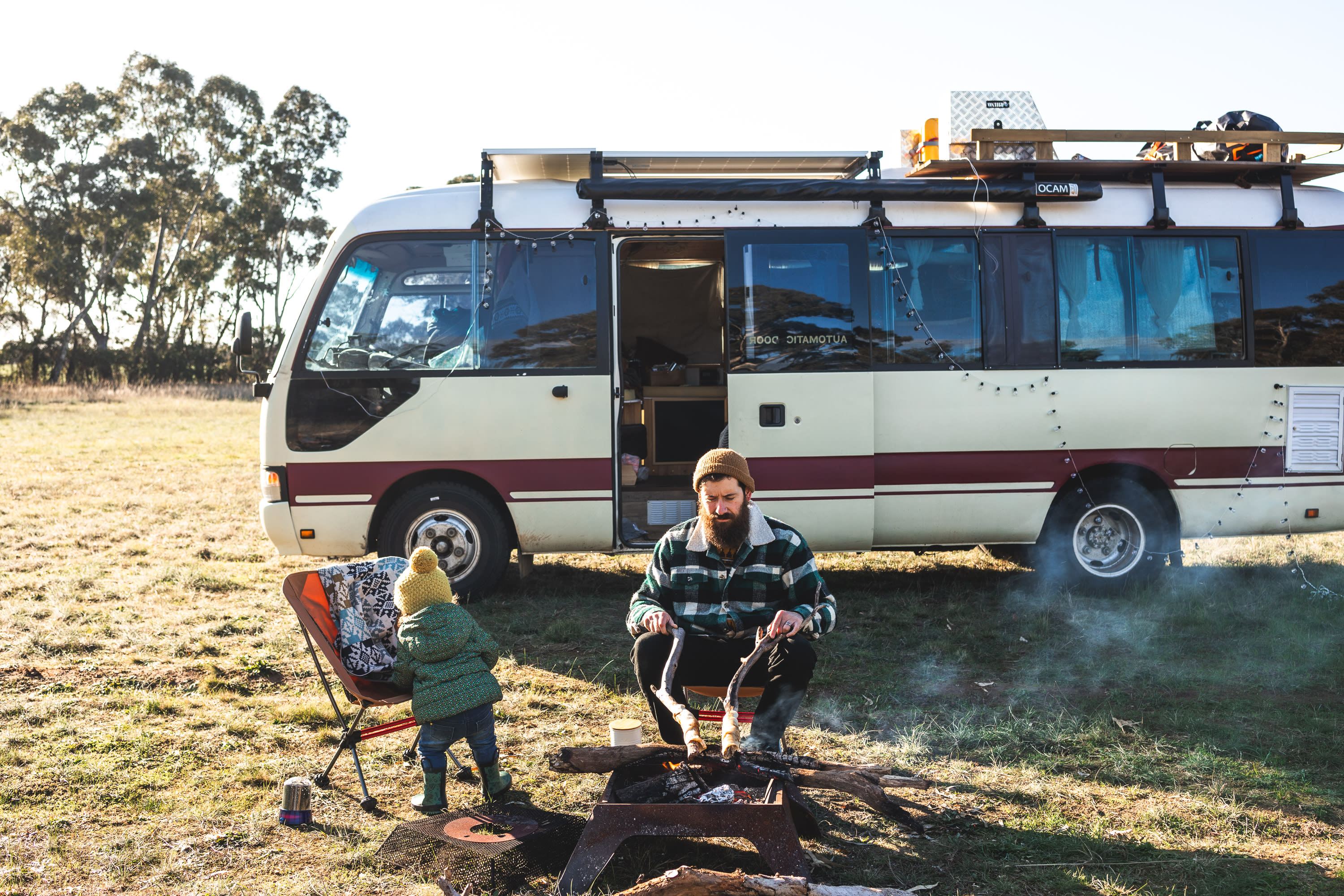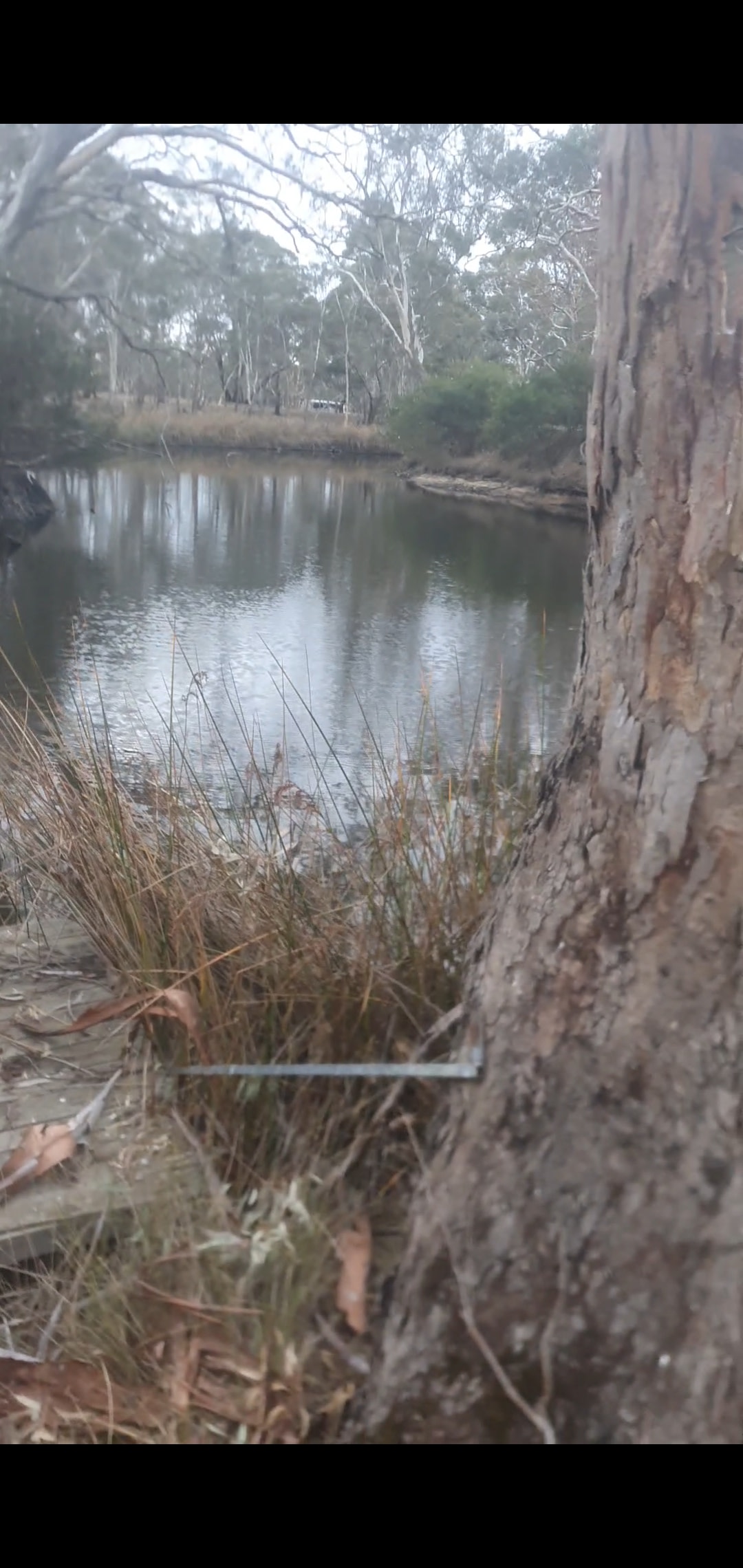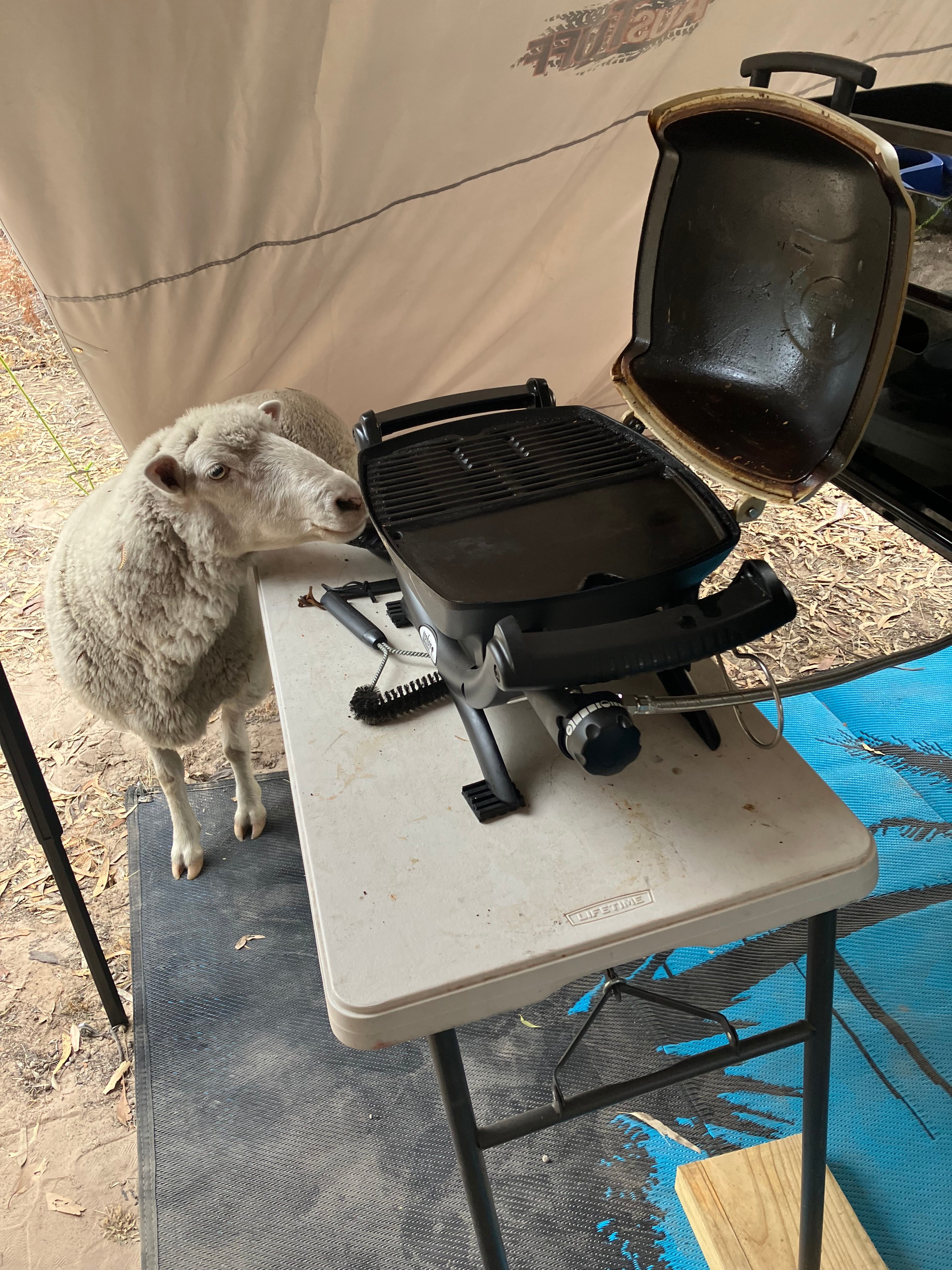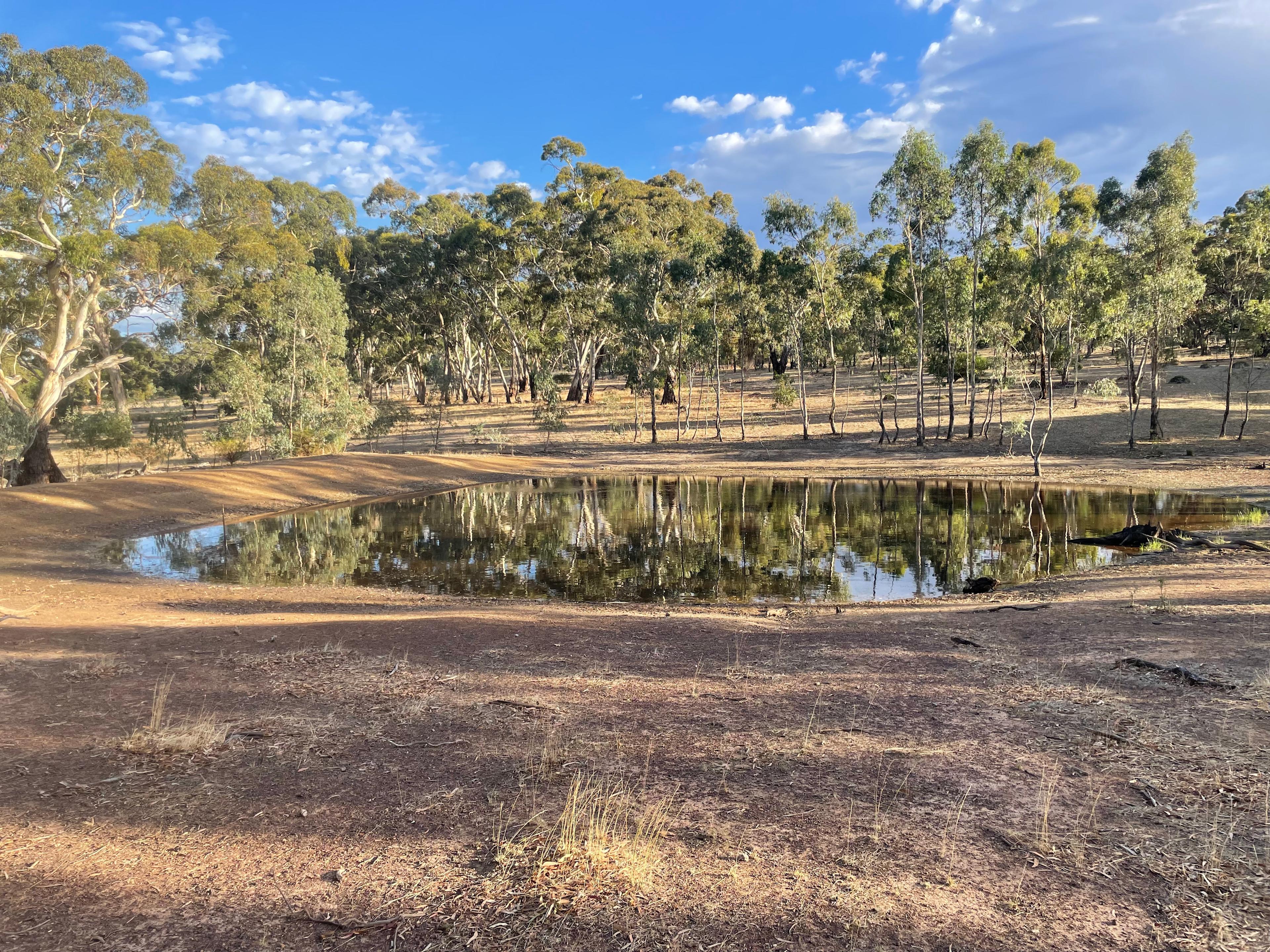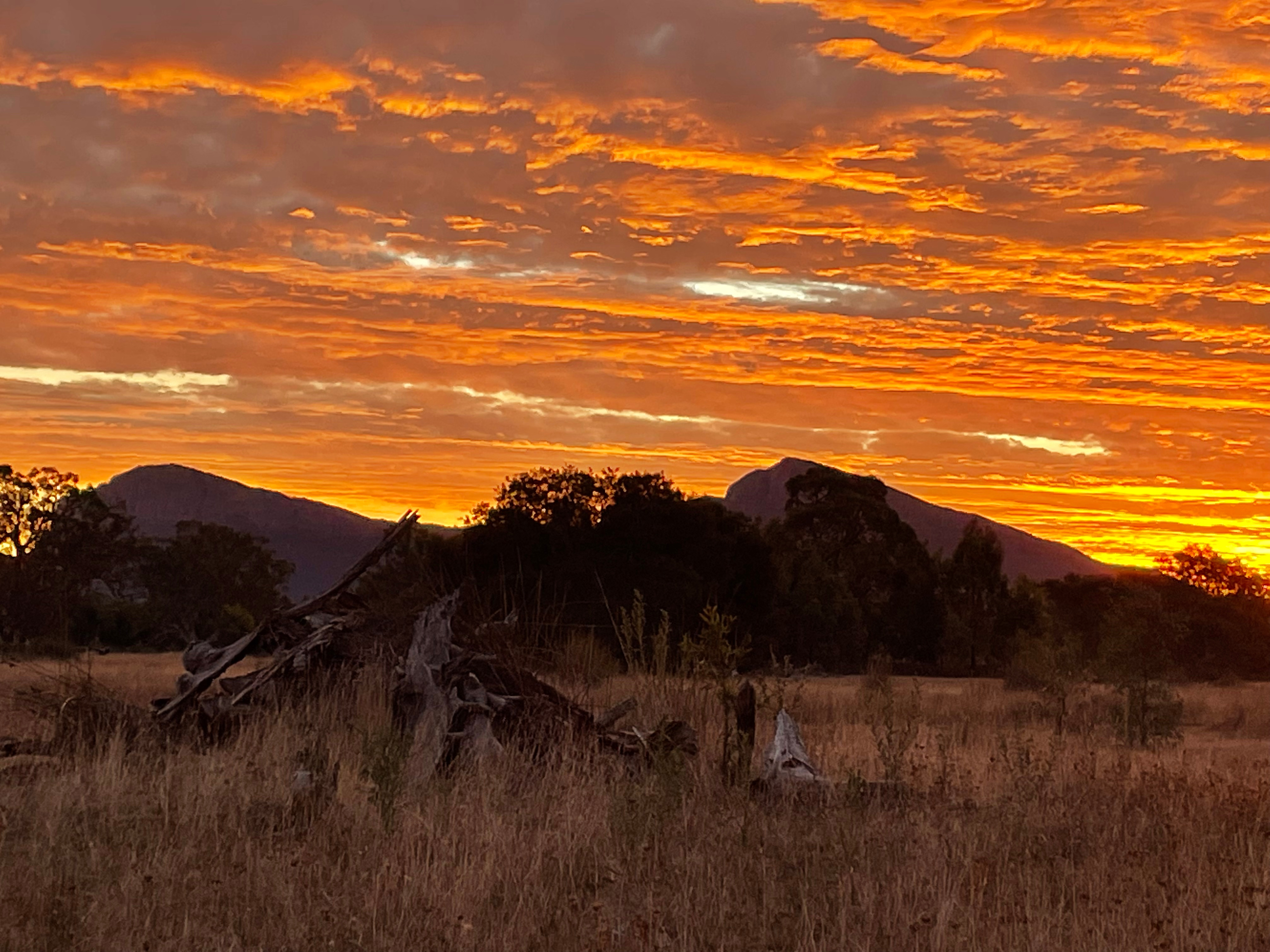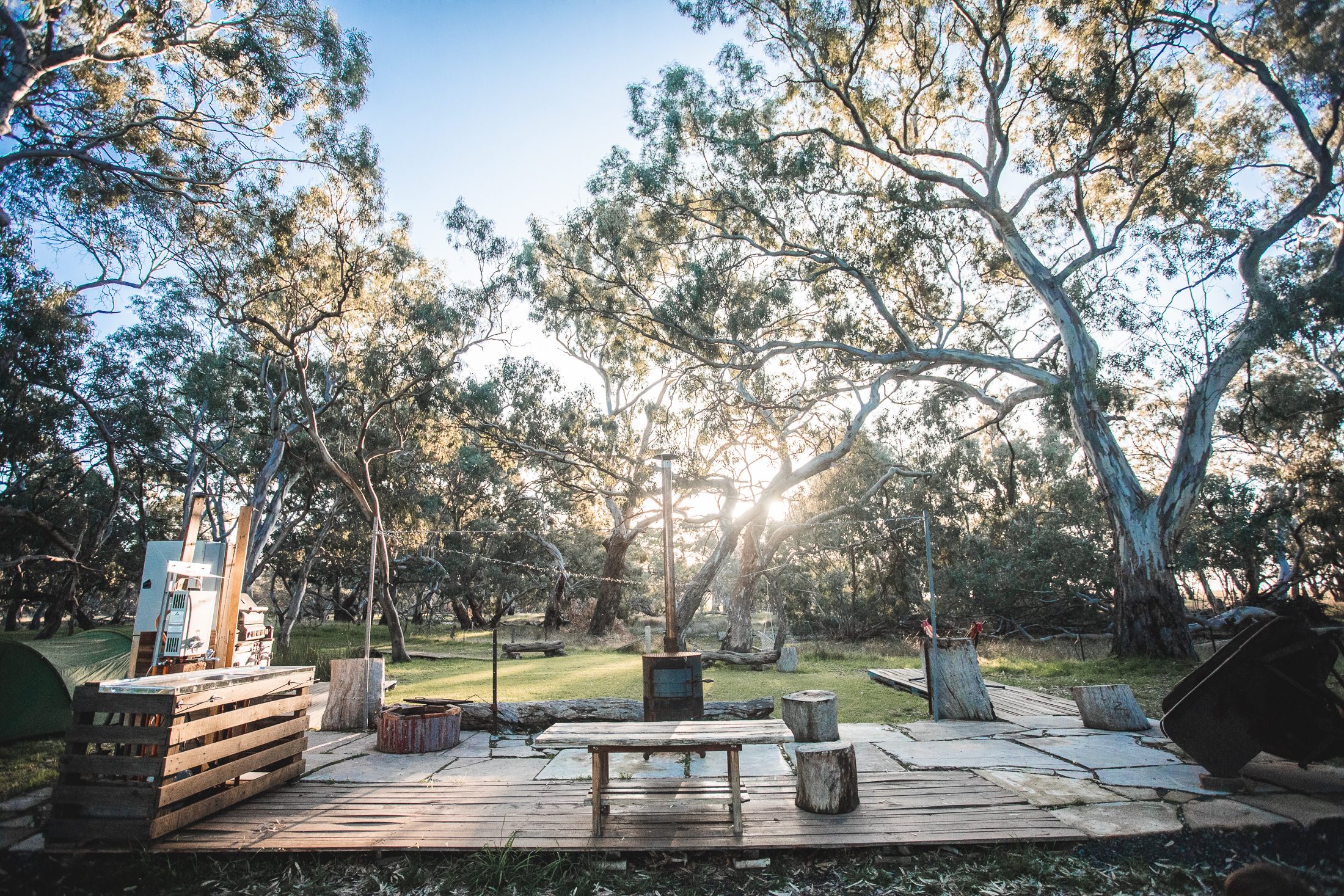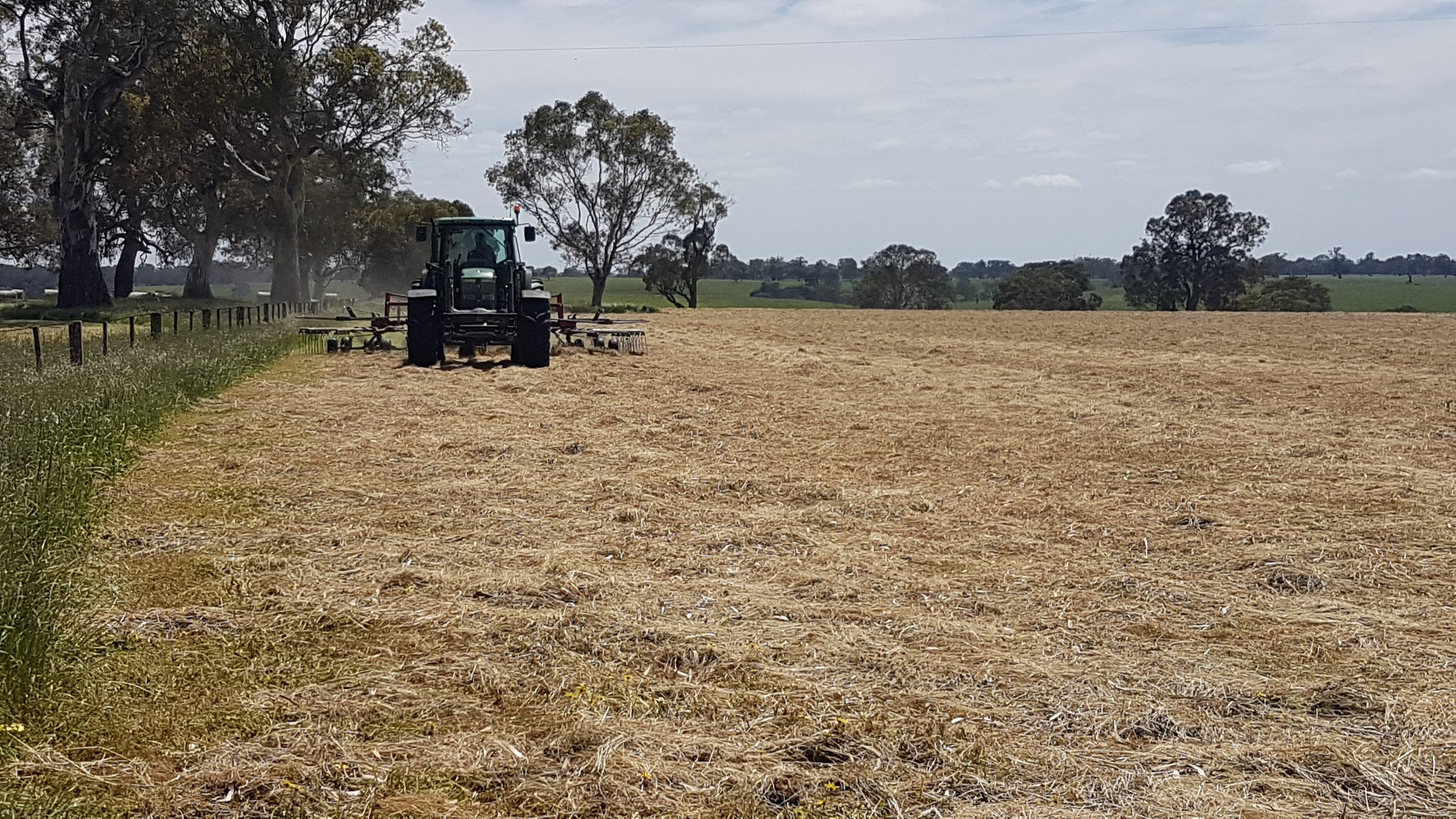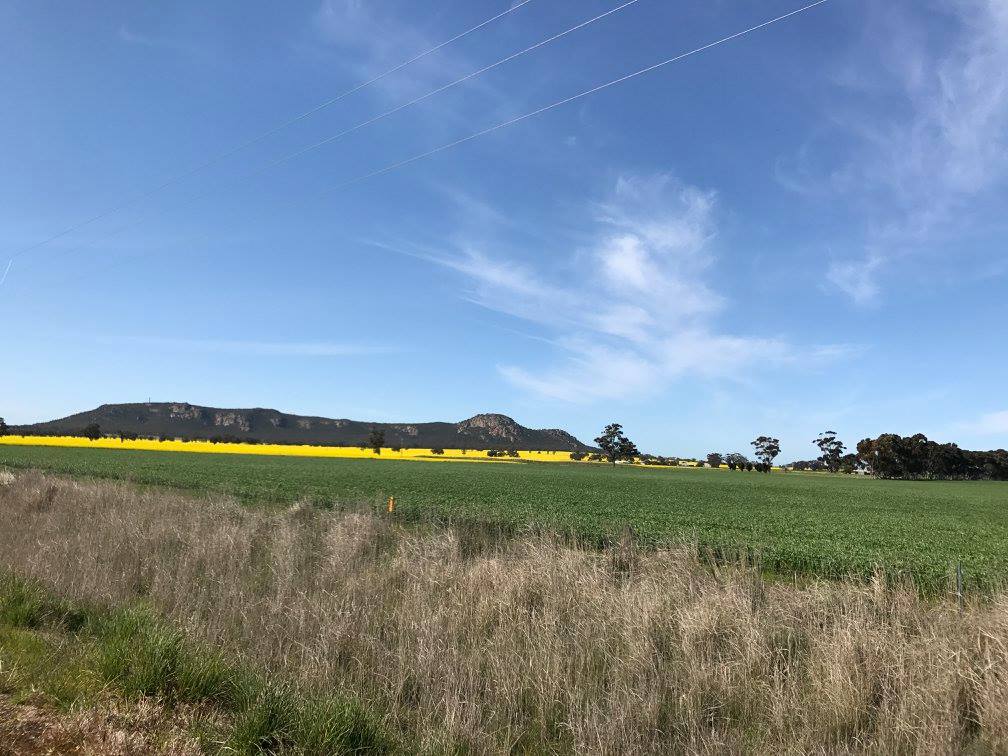- Grampians National Park
The best camping in Grampians National Park, VIC
Mountains, vistas, waterfalls, and wildflowers make this national park Victoria’s hiking hub.
The best camping in Grampians National Park, VIC
Discover the most magical spots to pitch your tent or park your rig on your next Grampians National Park adventure.
Camper favorites near Grampians National Park
Top-rated campgrounds reviewed by the Hipcamp community.



Recent reviews from the Hipcamp community

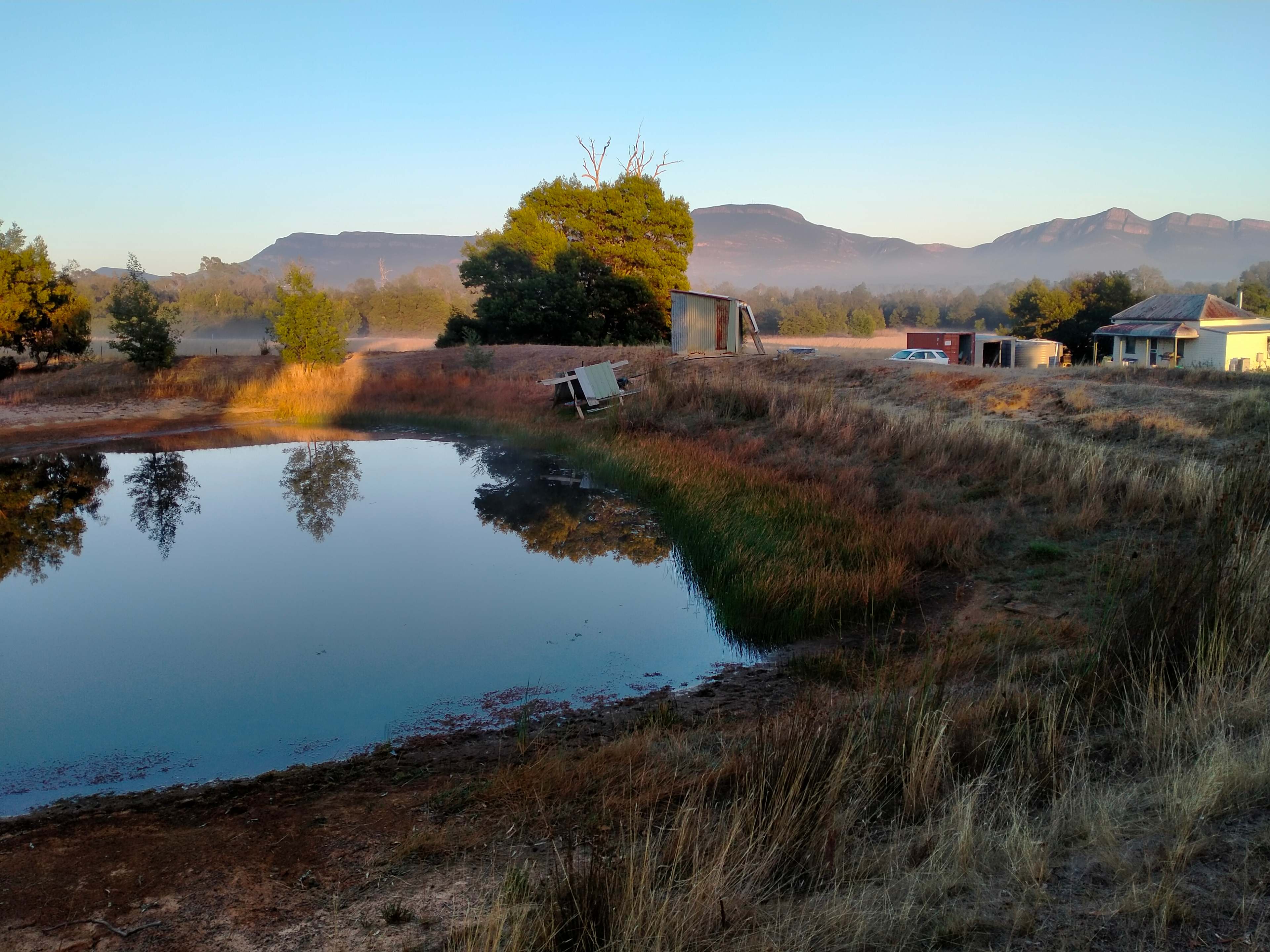

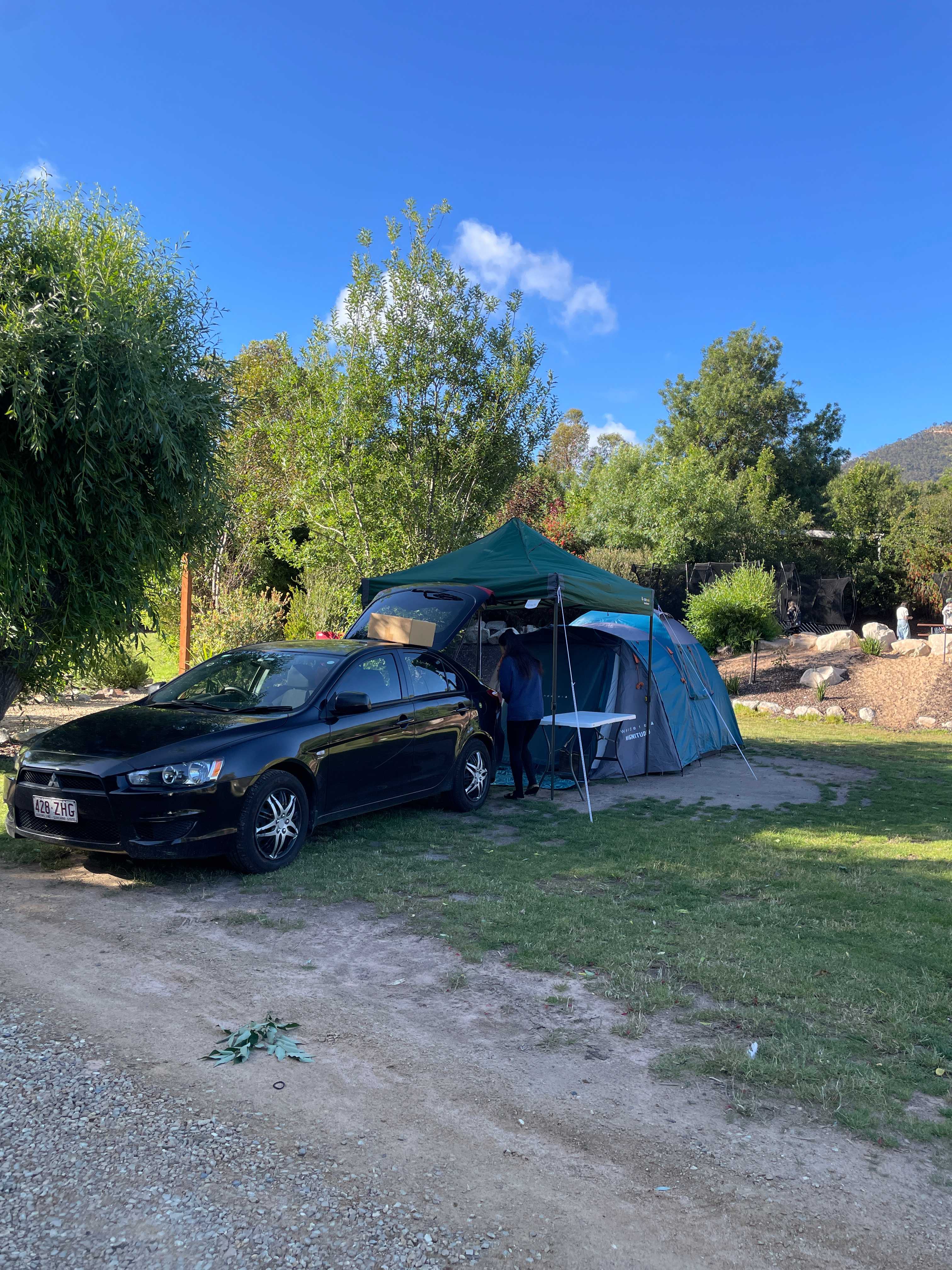





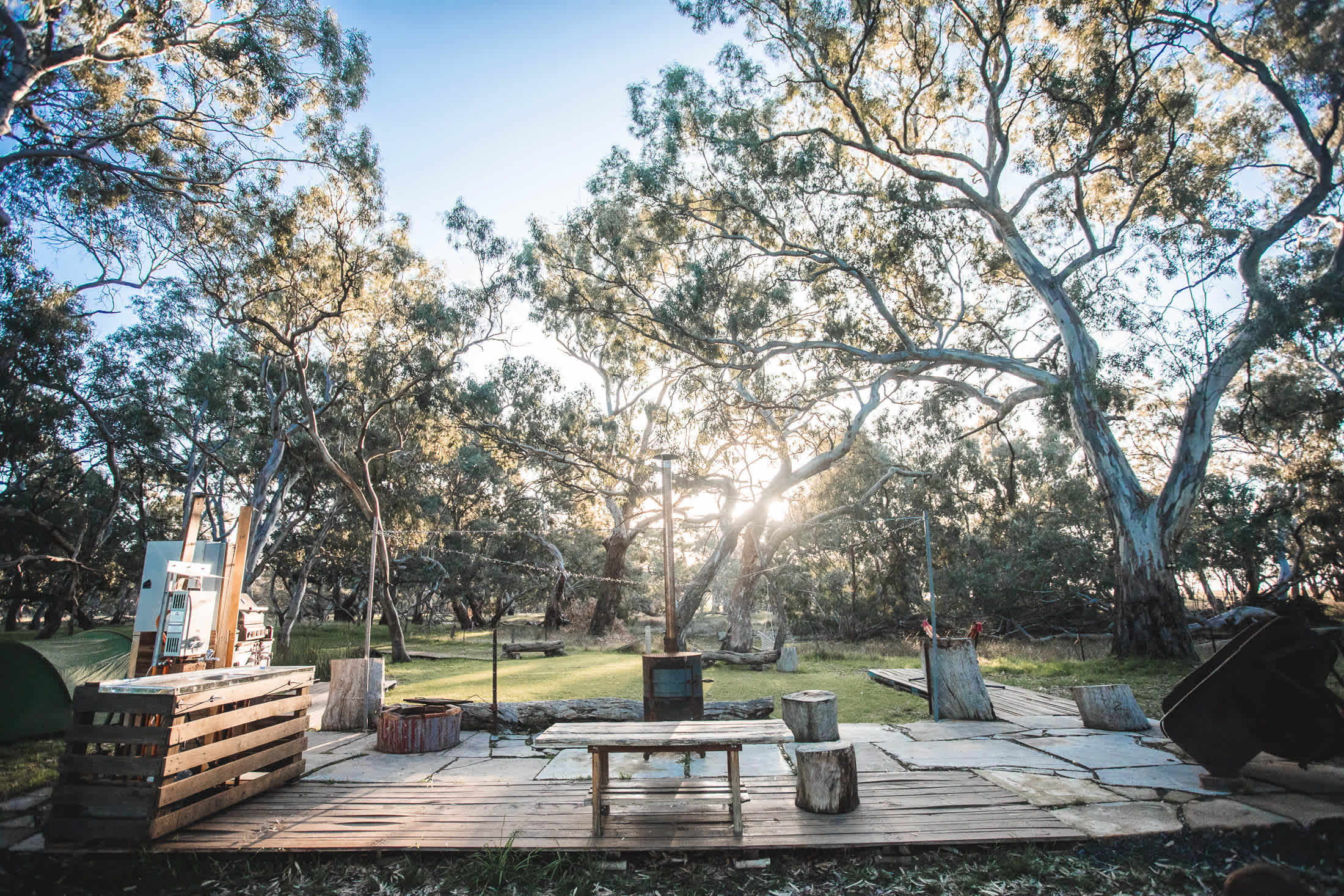

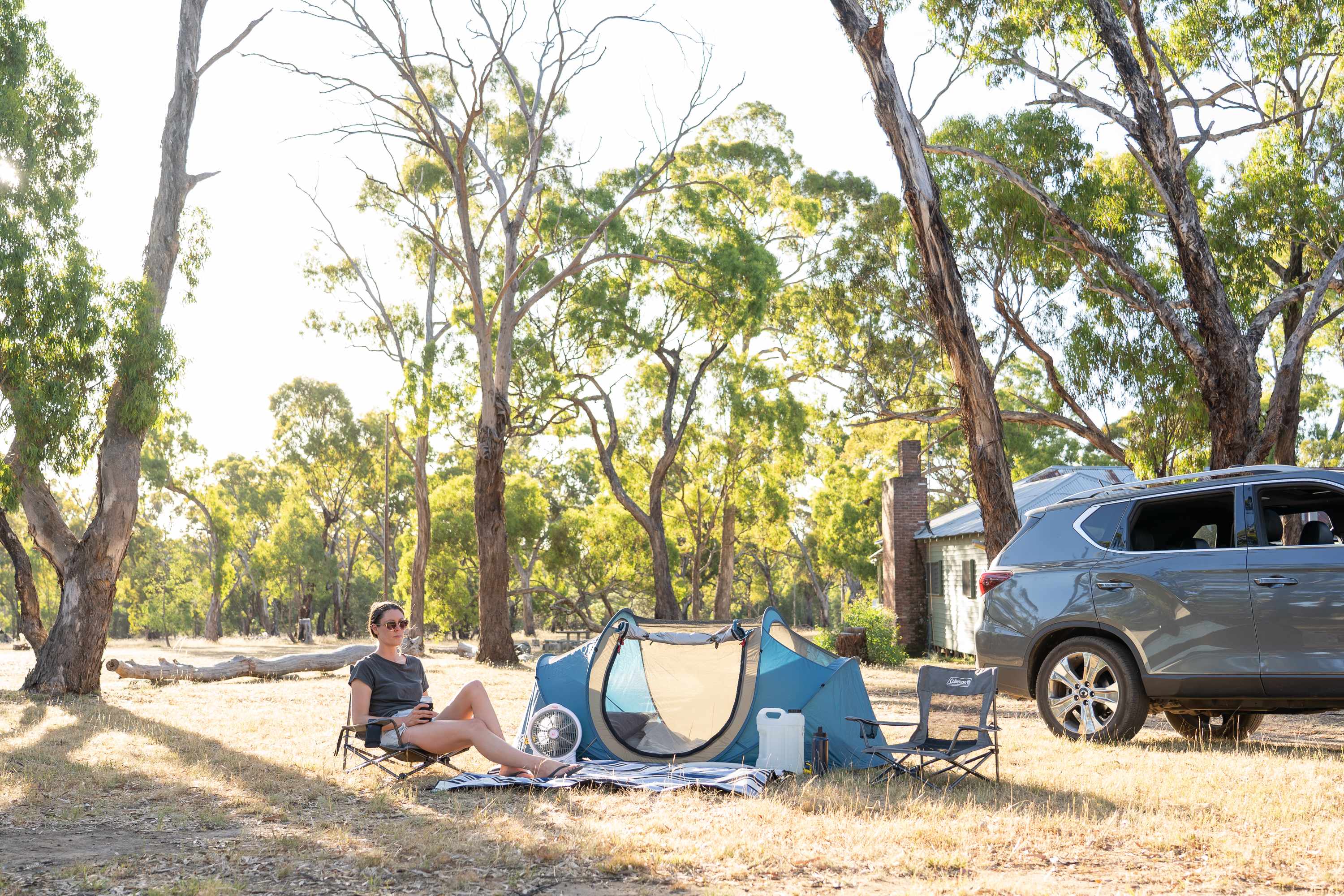
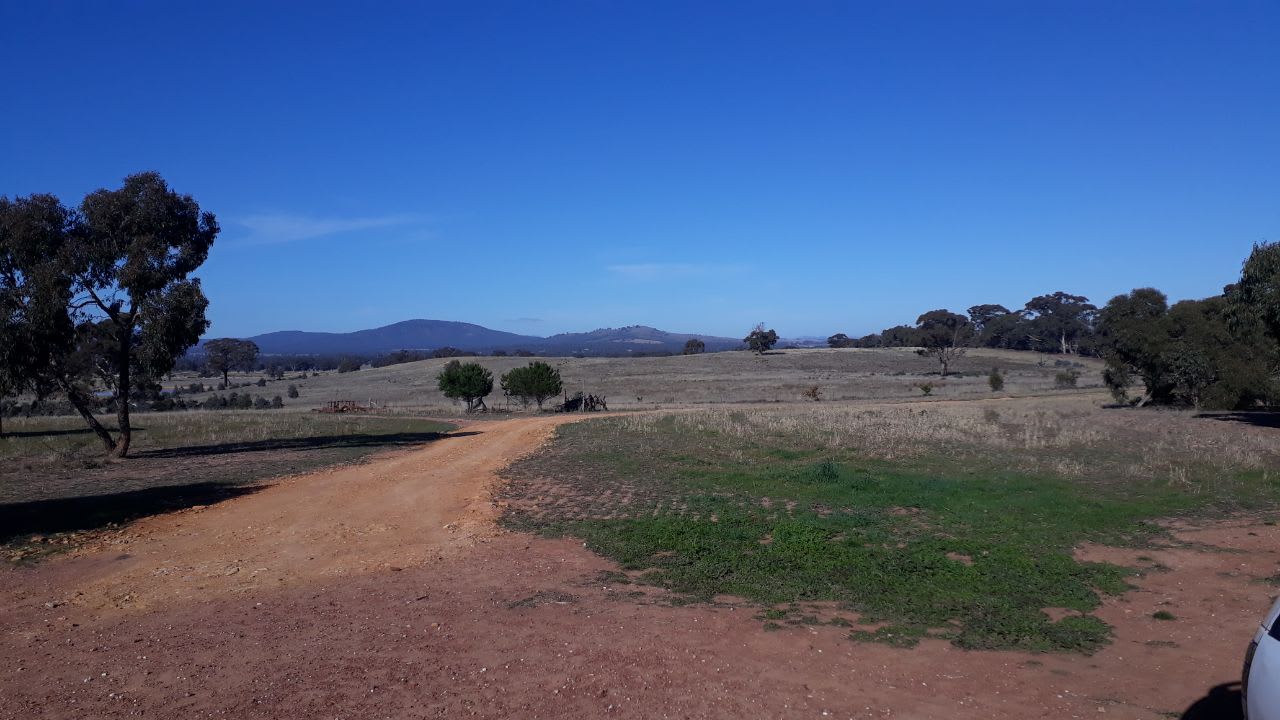





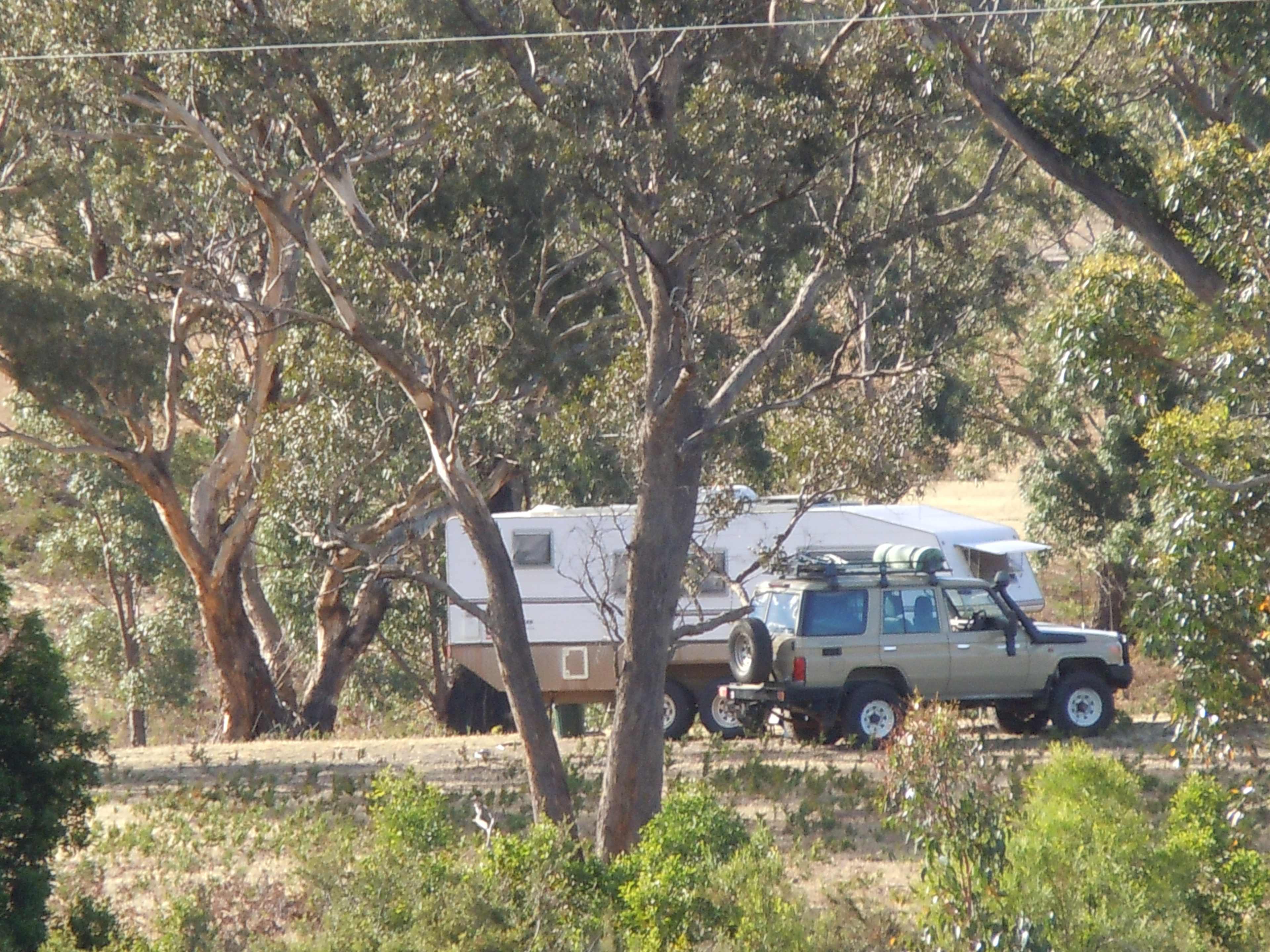

The best camping in Grampians National Park, VIC guide
Overview
About
Explore the natural beauty of the Grampians from its world-famous hiking trails. Discover majestic waterfalls, dazzling spring wildflower displays and awe-inspiring mountain panoramas. Cross paths with kangaroos, wallabies, emus and native birds. Heritage-listed for its animal and plant life, Aboriginal heritage and stunning natural beauty, the Grampians National Park is one of Australia's most recognisable places. The best way to appreciate it is on one of its many world-class walks or hikes or taking a scenic drive. Traditionally known as Gariwerd, this region is home to the largest number of significant and ancient Aboriginal rock art paintings and shelters in southern Australia. A visit to Brambuk – The National Park & Cultural Centre will help you get the most of your trip to these rock shelters. The Grampians draws walkers from around the world. Climb to the highest peak within the Grampians, Mount William, or explore the plethora of walks around Halls Gap and the Wonderland Range. Views from the Pinnacle are famous, but the climb should only be attempted by the fit. If you’re an experienced walker you’ll enjoy the unique challenge of the park’s overnight hikes. Choose from the iconic Grampians Peaks Trail, Major Mitchell Plateau or The Fortress and Mt Thackeray Overnight Hike. There are more relaxing pursuits to enjoy in the Grampians, too. Go fishing, canoeing or kayaking at Lake Wartook, Lake Bellfield and Moora Moora Reservoir or one of the park’s many other streams and creeks.
If you love hiking–clambering combos then the Grampians are a great fit for you. Rising abruptly from Victoria’s volcanic western plains, Grampians National Park has more than 300 kilometers (186 miles) of hiking trails that follow cliff lines through the Wonderland Range, scale saw-tooth ridges, skirt trout-filled lakes and tumbling waterfalls,, and lead to southern Australia’s oldest and most significant Indigenous art sites. On completion, the Grampians Peaks Trail will run 144 kilometers (89 miles) through the park. This is Victoria’s most popular national park and the town of Halls Gap, within the park, is often crowded with people. You can escape the throng at the Grampians' 12 campgrounds and numerous dispersed bush-camping sites. Don’t miss the scenic drive south to Dunkeld, especially when the grass trees are flowering.
Notable Campgrounds
- Best for family fun: Halls Gap Caravan Park has more than 200 campsites close to shops, a public swimming pool, and sports ovals grazed by kangaroos.
- Best for 4WD enthusiasts: Boreang Campground has 23 unpowered tent-only and drive-in camper trailer sites suited to exploring the park’s less visited west.
- Best for rock climbers: Stapylton Campground in open woodlands offers prime access to Taipan Wall, a world-renowned rock climbing site.
Tips for Snagging a Campsite Reservation
- You need to book and prepay with Parks Victoria for sites in all camping areas except Wannon Crossing and Kalymna, which are first-in first-served.
- Book at least four months ahead if keen to camp over the Christmas holiday peak period (December–early February) or Easter weekend, especially if you want a spot in Halls Gap caravan parks.
- Crowds fill Halls gap for wine, art and wildflower festivals too, so check out events online before rocking up on a spur of the moment bushwalking trip.
When to GoThe Grampians are busiest November–February even though summer temperatures can climb too high for safe mid-day hiking. Consider a weekday visit outside the peak season, when the crowds thin and the caravan park rates drop. The park is prettiest in spring (October–November), when winter run-off feeds the waterfalls and hundreds of varieties of wildflowers (some found only in the Grampians) decorate the ranges. Ice, occasional snow falls, and often near-empty campgrounds make winter a great option too although you’ll need to rug up.
Know Before You Go
- Grampians National Park is 4 hours by car west of Melbourne and 30 minutes' drive southeast of the Wimmera town of Horsham. You can buy supplies from Halls Gap supermarket but you’ll likely pay less in Horsham or the town of Ararat, 40 minutes southeast on the Melbourne road.
- Some park roads close over winter, generally from the second weekend in June to end of October but sometimes for longer. Check road conditions online before visiting.
- Campfires are permitted in designated campgrounds but prohibited year-round when bush camping. You’ll also need to bring firewood.



